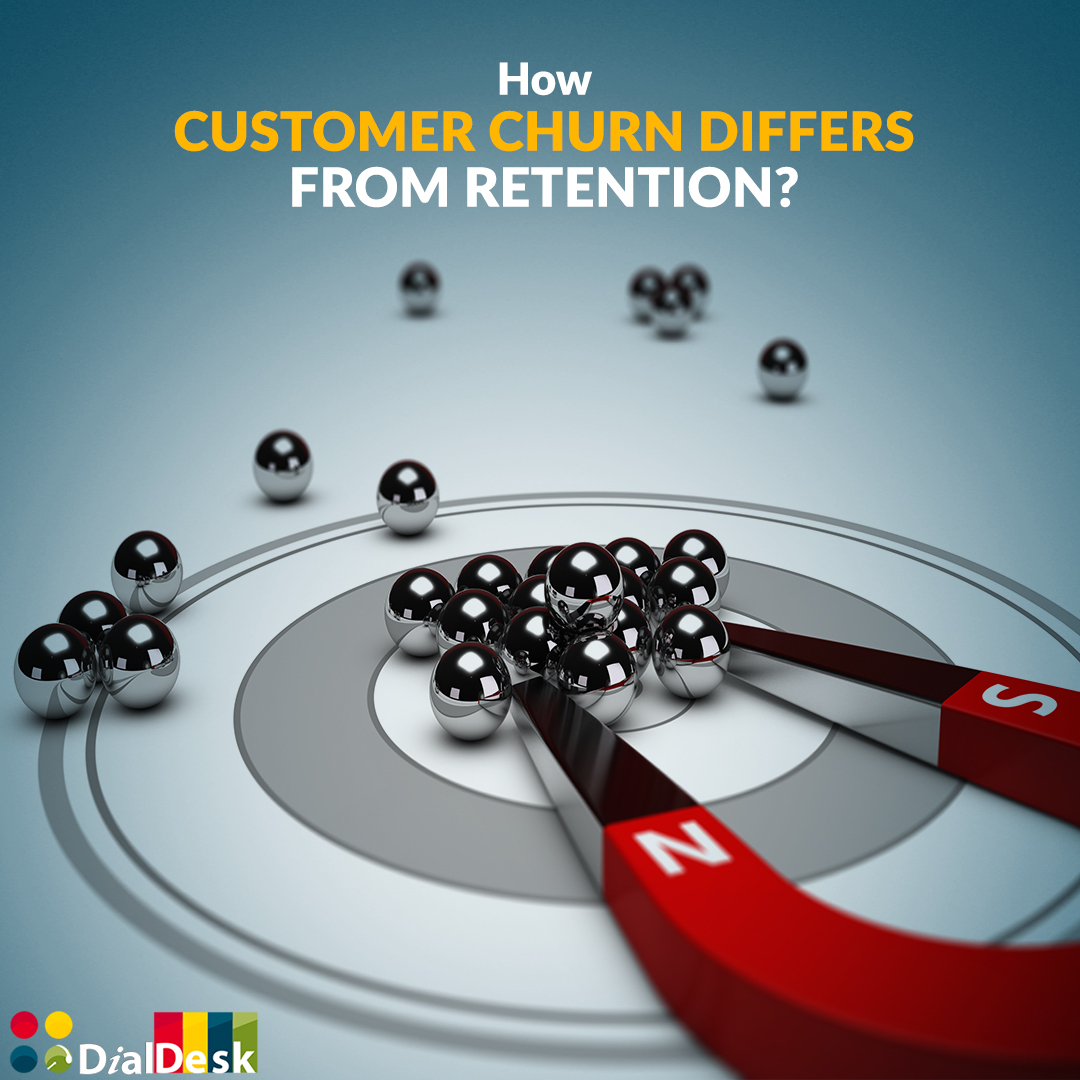
You’re doing all the right things. You’re friendly, you’re responsive, you’re on top of customer issues and you’re constantly delivering value. But, your customer retention rate is terrible. What’s going on? Is it your customer service? Is it your pricing? Or maybe it’s your product? Well, you’re probably not alone.
All businesses are suffering from poor customer retention these days.
The first thing to think about is why your customers are leaving. Is it the price or convenient? Is it something you’re doing? User retention is an important factor in the success of any business, but it’s not the only factor.
Additionally, you need to consider the overall health of your business, which can be assessed by looking at customer churn rates and retention rates.
A company’s customer retention rate is the percentage of customers that remain loyal to a brand after a certain amount of time. It is often compared to the customer churn rate — the percentage of customers who stop purchasing from a brand within a certain amount of time.
While the terms “customer retention” and “customer churn” might sound similar, it’s important to note that both have different meanings.
Let’s examine the customer churn rate and the customer retention rate and explain how they differ and how they impact your business.
The first step is to understand the difference…
Keeping your customers is the most important thing for any business. You need to keep your customers happy, engaged, and coming back to your business.
It is not just a one-time thing.
Customers can leave your business at any time. To keep your customers, you will need to keep them happy. This means that you need to ensure that they have a good experience when they interact with you.
A high churn rate means that customers are going to leave your business. A low churn rate means that you are doing well and the rate at which you are retaining your customers is high.
It is important to note that the churn rate and retention rate are not the same. They are quite different.
A customer churn rate is the percentage of customers who are leaving the business. A retention rate is the percentage of your customers who are sticking with the business.
A low retention rate is not good for your business. A good retention rate is what you should aim for. It is difficult to do this because you will need to take care of your customers. The best way to do this is by understanding the different reasons why customers leave and then acting on them.
The customer churn rate and customer retention rate are two metrics that are used to measure how many customers have left your company in a specific time frame.
The churn rate is the percentage of customers that leave the business each month, quarter, or year.
For example, if you have 100 customers and five of them have left, then your churn rate is 5%. Retention rates are a somewhat newer metric that is just starting to catch on. It’s the percentage of customers that are still using your service after a certain amount of time. For example, if you have 100 customers and five of them leave within the first month, then you have 95 customers left. At the end of the second month, you will still have 95 customers. If you subtract the five customers that left from the total, you would have 90 customers. So your retention rate is 90%.
Retention is the most important factor in customer satisfaction, profitability, and growth. In other words, customer retention is important.
Churn is the opposite of retention. If you want to increase your customer retention, you want to lower your customer churn rate. And to do that, you need to understand what churn is and how it works.
Harvard Business School research shows that increasing customer retention rates by just 5% can significantly increase profits by 25-95%.
Customer retention is a vital part of any business and one that must be monitored and managed. A good retention rate means that customers are happy with your business and are continuing to use your product or service, while a bad retention rate could mean that your customers are unhappy with your product and/or service.
Business owners are always looking for ways to retain more customers. It’s expensive to acquire new customers, but keeping the old ones is relatively cheap. Businesses have developed a ton of tactics for retaining customers, but many of these tactics have the opposite effect.
These mistakes are costly, and in some cases, fatal.
There are many ways to calculate and look at customer retention rates. Some of the most common are customer churn rates, customer retention rates, customer lifetime values, and customer lifetime revenue.
All of these have their uses, but they’re not all created equal.
Imagine that you own a business. That business has two groups of customers: a group you can sell $1,000 (INR75,476) worth of stuff to, and a group you can sell $10,000 (INR 7,54,760) worth of stuff to. If a percentage of people in the $1,000 (INR75,476) group leave you, that’s not really a big deal. You can make up for the lost revenue in this group. If a percentage of people in the $10,000 (7,54,760) group leave you, that’s a big deal. You can’t make up the lost revenue in this group. There’s no easy way to say which of these is better — you’ll have to look at your business and see if it makes more sense to focus more on customer churn rate or customer retention rate.
Customer retention is an ongoing process that requires a lot of effort, planning, and strategy. Customer retention isn’t just a one-off thing; it takes constant work to keep your customers happy. In fact, how you treat your customers can make a big difference to the likelihood they’ll return! Unfortunately, certain business owners tend to jump the gun and make crucial mistakes when trying to retain customers and end up pushing them away instead.
Are you still losing customers to your competitors? Contact our team today. We help businesses reduce customer churn and increase revenue by offering cost-effective and scalable customer service solutions. Schedule a FREE DEMO TODAY!
Author Profile

Latest Post
 Employee EfficiencyAugust 31, 20225 Commandments Of A Good Customer Support Agent -Part 2
Employee EfficiencyAugust 31, 20225 Commandments Of A Good Customer Support Agent -Part 2 Employee EfficiencyAugust 30, 20225 Commandments Of A Good Customer Support Agent-Part 1
Employee EfficiencyAugust 30, 20225 Commandments Of A Good Customer Support Agent-Part 1 Sales ProspectingAugust 29, 2022What Should You Do If A Prospect Says “I’m not interested”? – Part 2
Sales ProspectingAugust 29, 2022What Should You Do If A Prospect Says “I’m not interested”? – Part 2 Sales StrategyAugust 27, 2022What Should You Do If A Prospect Says “I’m Not Interested”? – Part 1
Sales StrategyAugust 27, 2022What Should You Do If A Prospect Says “I’m Not Interested”? – Part 1
Author Profile Varuna Raghav As a CX and marketing specialist, Varuna Raghav has more than 15+ years of experience in […]
Read more
is the apt framework developed for deploying the right mix of People, Process & Technology in a business with a clear eye on increasing lead conversion, reducing customer acquisition & management cost, and winning customers for life.
Thank you for your excellent articles. Would you be able to help me out?